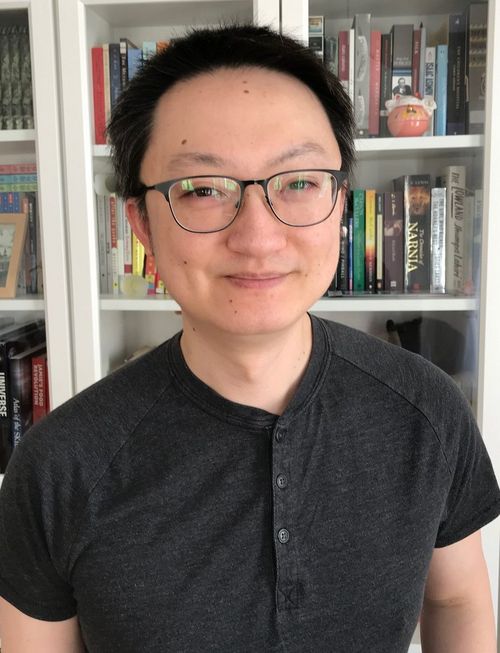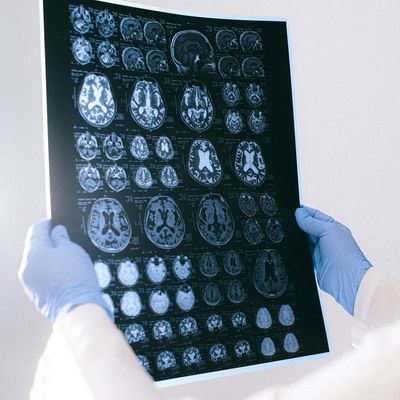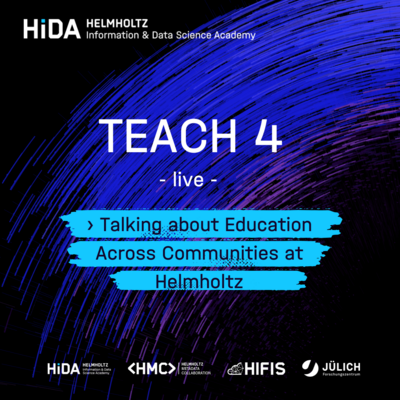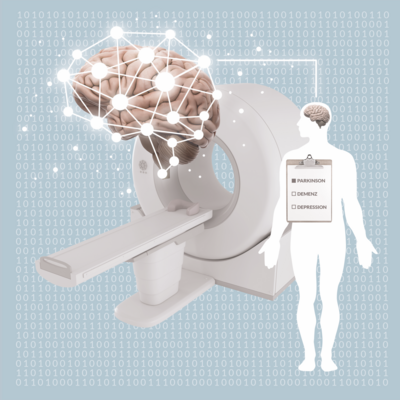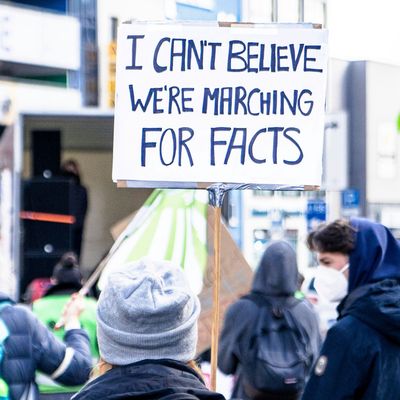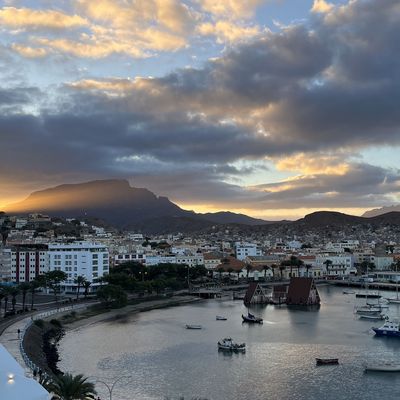Data in the Permafrost

An excursion into permafrost research: For three months, Ngai Ham Chan from GFZ visited the PermaRisk research group at AWI with the HIDA Trainee Network. What did he learn there about climate change and data science methods?
Mr. Chan, you participated in the HIDA trainee network program. What attracted you to it?
Data science methods have fascinated me for a long time. I've always wanted to incorporate them into my research. When a colleague enthusiastically told me about the HIDA Trainee Network, I immediately thought: this is the opportunity to finally gain practical experience with data science. My supervisor was very supportive of the idea, so I applied.
Through Corona, however, it was more difficult to participate in exchange programs this year. That didn't deter you?
No, I work just as well on screen as I do on site. In fact, I'm even more focused at home. Research in data science takes place a lot on the computer anyway, so in the pandemic that's obviously an advantage. There are many virtual meeting tools for face-to-face exchanges. In addition, I had previously worked with my host on another project, so integration into the host group was easier.
What did you work on during the exchange?
At the Alfred Wegener Institute Helmholtz Centre for Polar and Marine Research (AWI), I was part of the PermaRisk research group. Our task is to improve the quality of remote sensing data of the Arctic. How the Arctic is changing due to climate change can best be seen in the surface features of the landscape. Most of the Arctic is covered by permafrost. If temperatures rise, large amounts of soil organic carbon could be released, further accelerating climate change. To assess these impacts, we need to quantify and monitor landscape changes. This will make it easier to identify critical areas. Many landscape changes occur over a relatively small area. Therefore, the better the quality of the data, the more meaningful and accurate the predictions.
Was this field of research new to you?
Yes, and it has broadened my horizons a lot. Otherwise, I deal with topics from astrophysics, planetary sciences and global geophysics. At the German Geosciences Center in Potsdam (GFZ), my home center, I am currently researching the transport of Arctic sediments.
What have you learned at AWI?
I learned a lot about the intricacies and pitfalls of dealing with remote sensing data and the tools that help with pre-processing. By analyzing the data, I now know all sorts of features of the permafrost landscape (some of which have hard-to-spell names). I have also learned tremendously in data science itself. Until now, data science was just my weekend hobby, from previous projects I had some experience with statistical methods. This made the learning curve all the steeper.
For example, I now know a lot about generative adversarial networks, in which a pair of neural networks compete in a zero-sum game. I know different designs, some loss functions with their strengths and weaknesses. To understand the mathematical basis of one of the possible loss functions, I even watched a lecture by the mathematician Cedric Villani on optimal transport - I would never have imagined that before. The exchange showed me once again how much fun it is to work with machine learning models.
What did a typical workday at your host center look like?
Most of the time, I worked from home. I like to work late into the night, so I start my day in the late morning with a strong coffee or tea. Most of the time I program or read research articles, sometimes I watch a YouTube video on my topic area. I have been able to exchange ideas with my host via Skype when needed. The group meets several times a week, so I got quick help there as well. We also met regularly with another colleague who knows about remote sensing and machine learning. The days flew by.
You made a lot of new contacts. How does this help you in your future work?
We are already preparing a publication on this project. In addition, my current project at the German Research Center for Geosciences needs data for validation and tuning; the partners at my host center have exactly the expertise we need. In the next few years, we will work together on a longer-term, larger project in the field of artificial intelligence.
Would you recommend the exchange to other scientists?
Absolutely. The program is a great opportunity to dive into data science, whether you're brand new to the field or have some experience. What was also particularly attractive to me was that you get a stipend and your contract with your home center can be paused during the exchange. That takes a lot of stress out of it, and I was able to learn in a more relaxed and concentrated way. The new knowledge and work results now flow into my work and open up new possibilities for the future. The administrative handling of the exchange is also straightforward, thanks to all my colleagues in the administration, both at the centers and at HIDA. I had a good, constructive time.
On a scale of one to ten, how likely are you to recommend the trainee program to a friend or colleague?
Quite clearly: ten.
Interview: Anja Dilk

